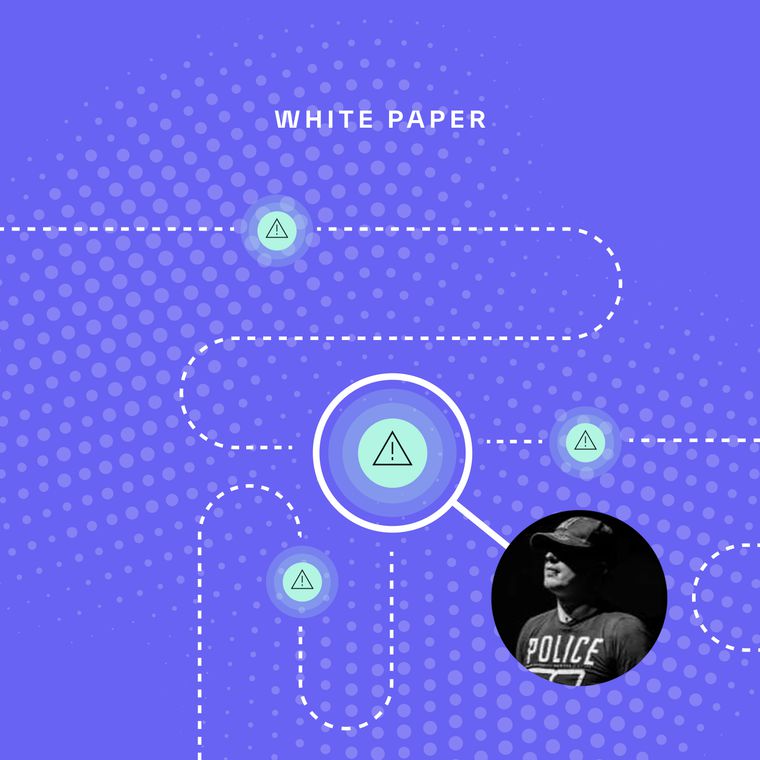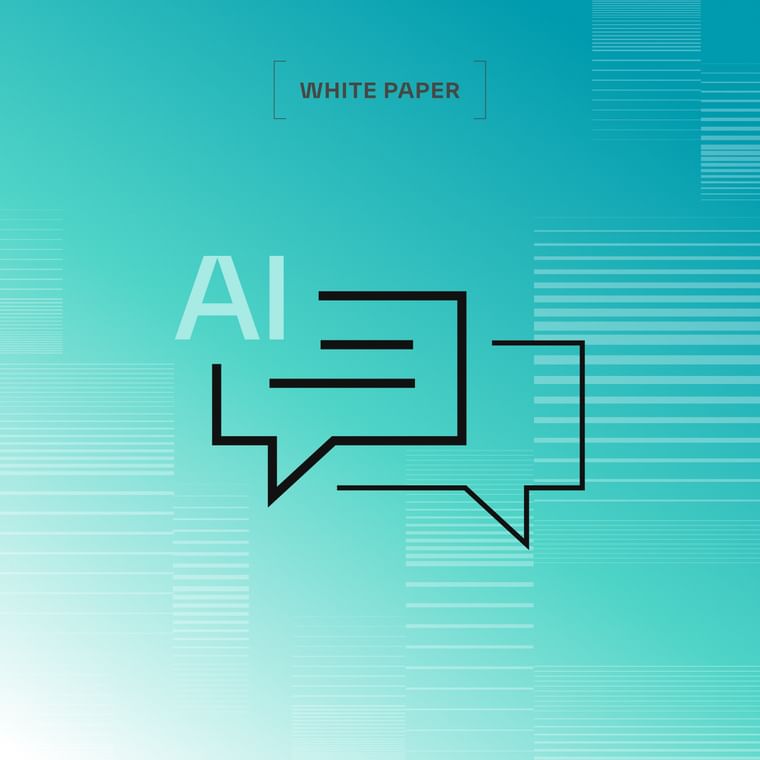AI data poisoning attacks occur during the training phase of machine learning development, corrupting how models learn rather than attacking operational systems post-deployment. Traditional attacks target running systems through network vulnerabilities or software exploits, while data poisoning embeds malicious behavior directly into AI decision-making processes. This fundamental difference means poisoned models continue making incorrect decisions throughout their operational lifetime, requiring specialized detection methods focused on model behavior analysis.
AI Data Poisoning
Threat actors manipulate training data in AI data poisoning attacks to compromise AI-powered security systems, creating systematic vulnerabilities.
What Is AI Data Poisoning?
AI data poisoning attacks deliberately corrupt training datasets to compromise machine learning models, representing an escalating threat as organizations increasingly depend on AI-driven security solutions. NIST formally recognizes data poisoning as a critical enterprise vulnerability requiring immediate attention.
Unlike conventional cyberattacks targeting operational systems, data poisoning occurs during the AI development lifecycle, making detection exceptionally challenging. These attacks exploit the fundamental learning mechanisms of machine learning models, enabling threat actors to manipulate AI behavior from within.
How AI Data Poisoning Works
AI data poisoning attacks operate through a sophisticated multi-stage process that corrupts machine learning models during training. Threat actors establish control over training data through several methods:
Training Data Control: Attackers gain access to modify training datasets through direct manipulation, supply chain compromise, or insider access within target organizations.
Malicious Sample Injection: Threat actors introduce carefully crafted poisoned data samples designed to alter model behavior, including mislabeled examples or adversarial inputs that cause systematic misclassification.
Model Learning Corruption: During training, machine learning algorithms incorporate poisoned samples, leading the model to learn incorrect patterns and develop blind spots to specific attack types.
Production System Compromise: When deployed, the compromised model fails to detect threats that match the poisoned training patterns, creating persistent security vulnerabilities that traditional monitoring cannot easily identify.
This attack process creates long-term, systemic vulnerabilities that persist throughout an AI system's operational lifetime.
Common Types of AI Data Poisoning
Enterprise cybersecurity teams face three distinct categories of data poisoning attacks, each targeting different aspects of AI system functionality.
Label Flipping Attacks
Label flipping involves tampering with the ground-truth labels in training datasets. In email security systems, attackers mislabel spam messages as legitimate communications, causing filters to allow malicious content through.
Endpoint detection systems suffer when malicious files are mislabeled during training, creating blind spots for specific malware families. Intrusion detection systems become particularly vulnerable when attackers relabel network attack signatures as normal traffic patterns.
Training Data Control Attacks
These attacks focus on comprehensive manipulation of data sources feeding AI systems. Threat intelligence platforms become vulnerable when attackers poison indicator databases with false positives and negatives. User behavior analytics systems suffer when fabricated activity patterns are included in the training data.
Adversarial Data Poisoning
Adversarial poisoning involves introducing carefully crafted samples designed to cause targeted failures in the model. Intrusion detection systems become vulnerable when attackers inject crafted network packets to create blind spots for specific attack signatures. Malware classification models suffer when designed samples cause family misclassification.
How AI Data Poisoning Spreads
AI data poisoning spreads through multiple attack vectors that exploit the interconnected nature of modern AI development pipelines. Supply chain compromise represents the most dangerous propagation method, where attackers corrupt shared threat intelligence databases, compromising multiple organizations simultaneously.
These attacks spread through:
Compromised shared threat intelligence databases
Poisoned external data sources consumed during model development
Direct infiltration of organizational training pipelines
The interconnected nature of AI development means that successful attacks against key data suppliers can affect multiple downstream organizations that rely on shared datasets or threat intelligence feeds.
Detecting AI Data Poisoning: Signs and Tools
Detecting AI data poisoning requires implementing structured monitoring frameworks combined with specialized analysis techniques.
Technical detection methods center on performance monitoring of machine learning models to identify anomalous behavior patterns. Organizations should implement continuous monitoring of prediction accuracy, false-positive rates, and changes in decision boundaries that may indicate successful poisoning attacks.
Warning signs include:
Unexpected model performance degradation
Anomalous prediction patterns on known datasets
Suspicious feature inference attempts against production models
Unexplained changes in model confidence scores
How to Prevent AI Data Poisoning
Effective prevention requires implementing multi-layered defenses that protect training data integrity throughout the AI development lifecycle.
The ley prevention strategies include:
Deploy specialized security control overlays that adapt proven cybersecurity frameworks specifically for AI system vulnerabilities
Execute comprehensive threat modeling and privacy impact assessments at the outset of AI initiatives
Implement end-to-end data validation processes for all training data sources, including rigorous verification of data supply chain integrity
Establish ensemble learning defenses that combine multiple models with different training datasets
Deploy continuous model monitoring systems to detect behavioral changes indicating successful poisoning attacks
Address multi-stage attack vectors by implementing protection across pre-training, fine-tuning, and embedding phases
To protect your organization with Abnormal's email security platform, book a demo.


